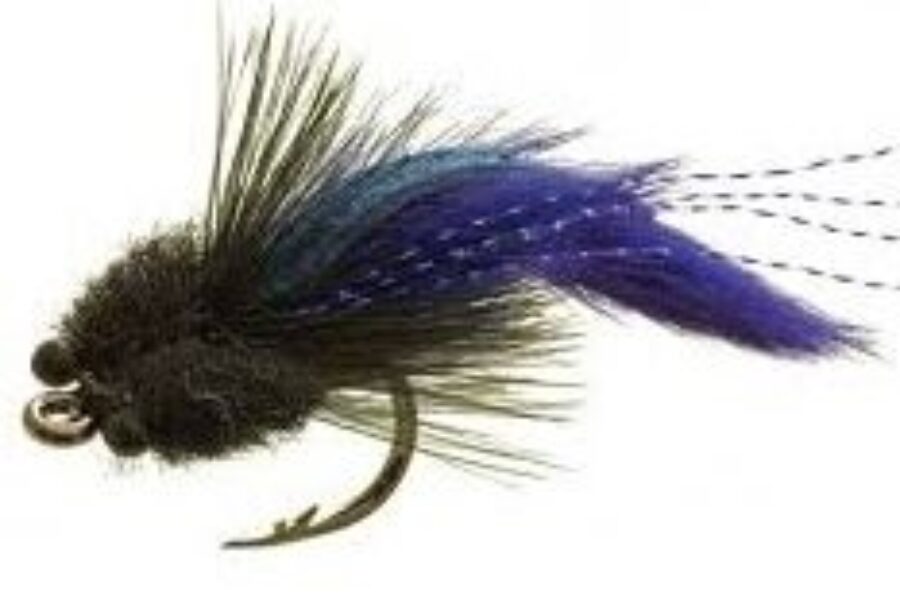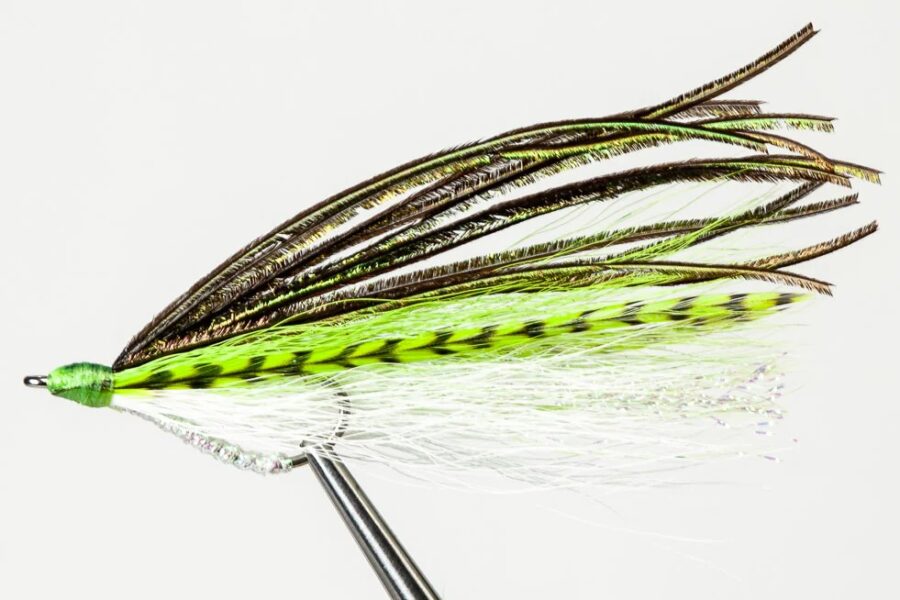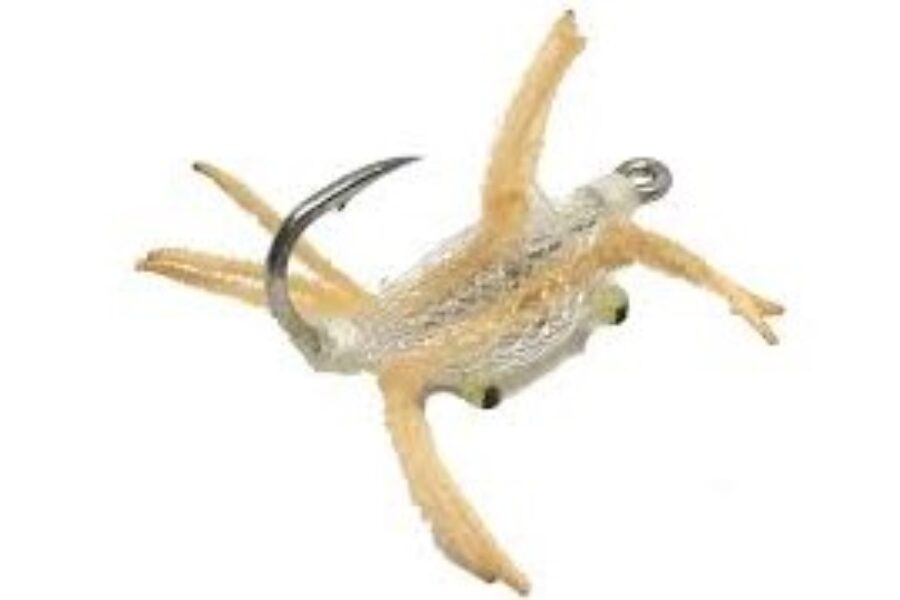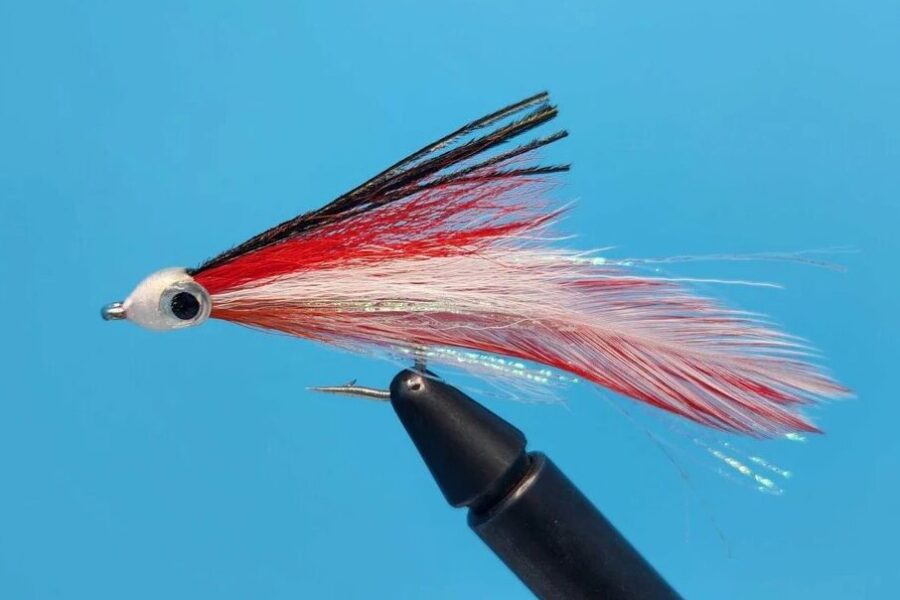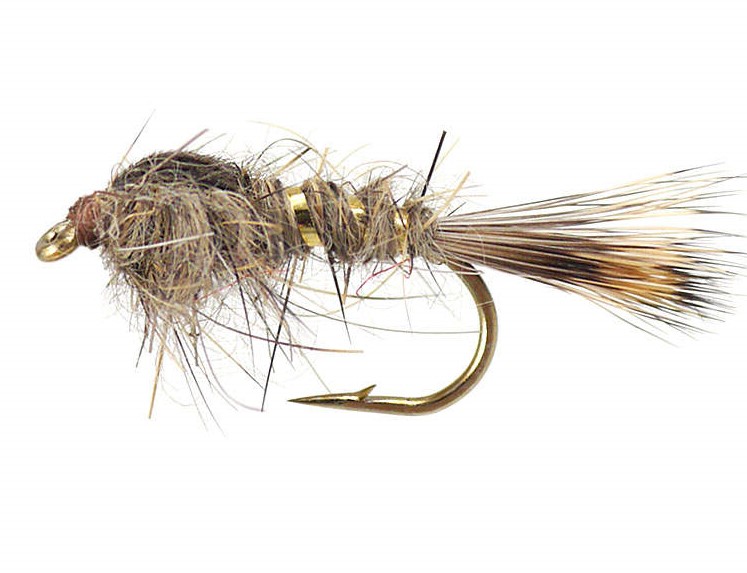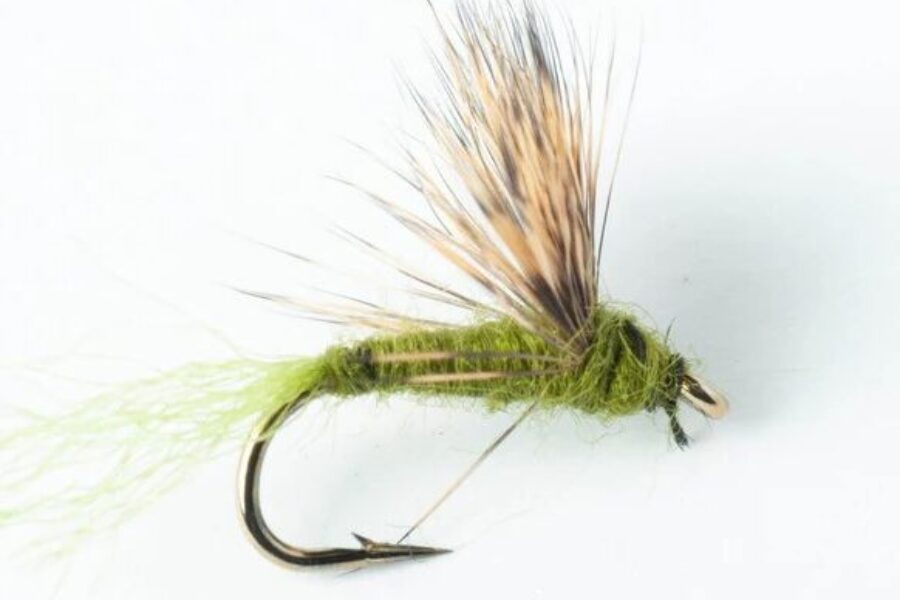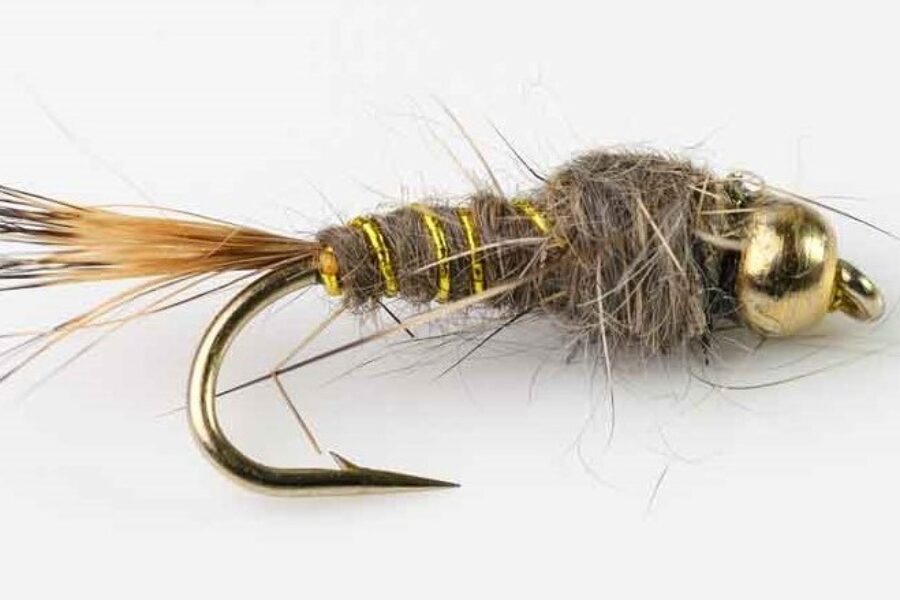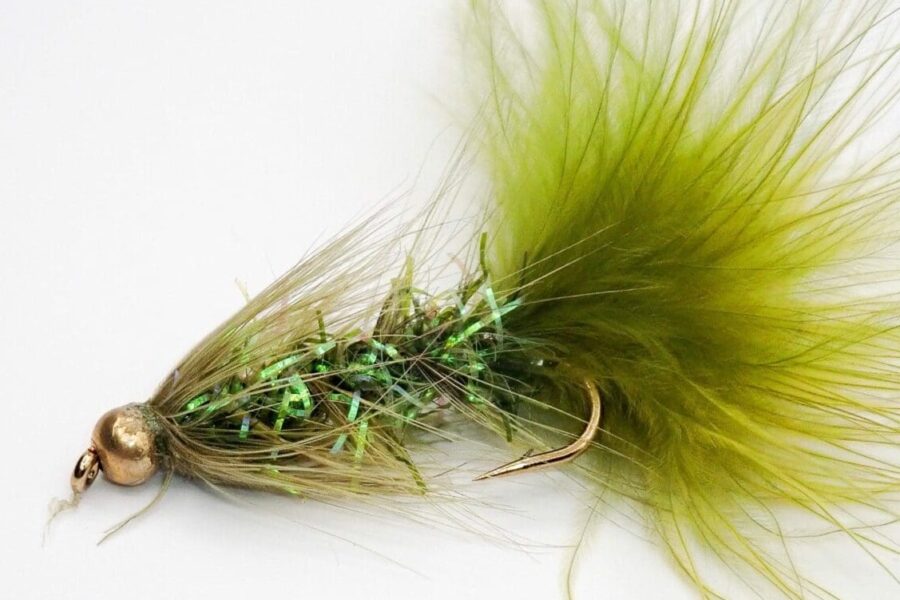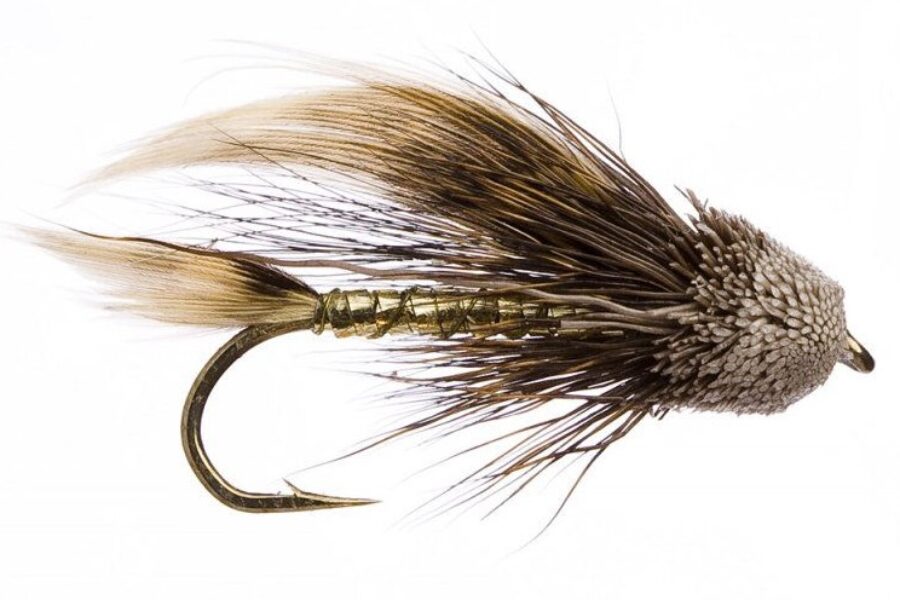Description
The Hare’s Ear stands as one of the most versatile and enduring patterns in fly fishing history, where elegant simplicity meets remarkable effectiveness. This classic pattern has earned its reputation as one of the most reliable and adaptable nymphs ever designed, consistently fooling trout across various water conditions and seasons.
What sets the Hare’s Ear apart is its unique combination of natural materials and buggy profile. The signature hare’s ear dubbing, carefully blended with both fine underfur and longer guard hairs, creates an irresistibly natural appearance that suggests multiple aquatic insects. The pattern’s simple yet effective design allows it to imitate everything from mayfly nymphs to small stoneflies.
Professional guides particularly value this pattern’s versatility as a searching pattern. Whether fished deep in runs, swung through riffles, or dead-drifted under an indicator, the Hare’s Ear’s effectiveness spans multiple situations. The pattern proves especially deadly when fish are feeding opportunistically or when specific hatches are difficult to determine.
Durability defines every aspect of this fly’s construction. Each pattern features reinforced thread wraps at critical stress points, ensuring the materials maintain their crucial profile even after multiple fish. The gold wire ribbing not only adds flash but provides durability, while the natural materials continue providing that essential buggy appearance that makes this pattern so effective.
The pattern’s success lies in its ability to suggest multiple food sources while maintaining a natural appearance. The dubbing can be picked out to create a lifelike, translucent effect that suggests emerging insects, while the overall profile matches various nymphs. Dead-drift presentations allow the materials to work naturally in the current, while slight movements create the action that often triggers reaction strikes.
Field testing has proven the Hare’s Ear’s effectiveness across diverse fishing environments. From spring creeks to freestone rivers, this pattern consistently produces results. Its success isn’t limited by conditions – whether fished in clear or slightly stained water, the pattern maintains its effectiveness.
The Hare’s Ear truly excels during specific conditions. Early season fishing, when fish are opportunistically feeding, sees this pattern at its most effective. The natural materials and suggestive profile prove especially deadly during those crucial moments when fish are actively feeding but no specific hatch is evident.
For maximum effectiveness, we recommend varying your presentation based on conditions and fish behavior. In faster water, maintaining contact with the fly is crucial for detecting subtle takes. In deeper runs, fishing the pattern as part of a tandem nymph rig proves more effective. The pattern’s versatility allows you to adapt to changing conditions throughout your fishing session.
To maintain your Hare’s Ear’s effectiveness, proper care is essential. Store these patterns in a way that prevents compression of the dubbing. After each use, allow to dry completely before storage. With proper care, these flies will maintain their fish-catching properties through multiple successful outings.
Available in sizes 10 through 18, these premium patterns are ready to match various aquatic insects throughout the season. Each size maintains the same careful attention to proportion and detail that makes this pattern so effective. Whether you’re targeting selective trout in clear water or searching deeper runs, there’s a Hare’s Ear perfectly suited for your needs.
The pattern comes in several proven variations to match different conditions and preferences. The classic gold-ribbed version excels in most situations, while the bead head variant proves deadly when extra depth is needed. For challenging situations, the soft-hackle version has earned a reputation as a consistent producer.
Water clarity and depth significantly influence this pattern’s effectiveness. In clear water, more natural presentations produce best results, while slightly weighted versions prove more effective in faster or deeper water. The pattern’s ability to suggest multiple food sources while maintaining a realistic profile remains consistent across all situations.
Additional information
| Hook size | 10, 12, 14, 16, 18, 20 |
|---|---|
| Hook type | Barbed Hooks, Barbless Hooks |

